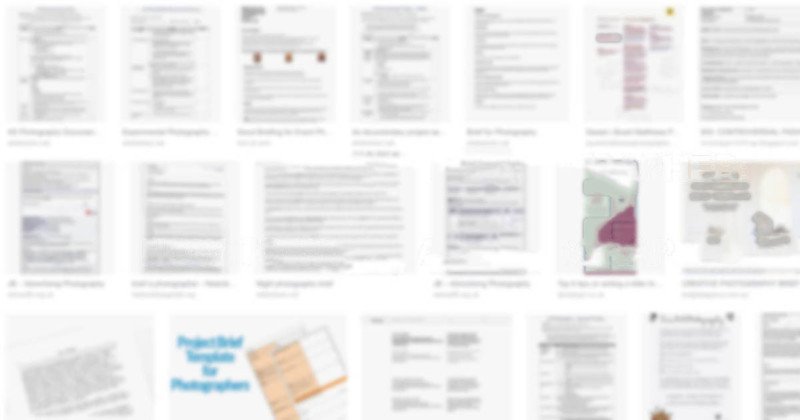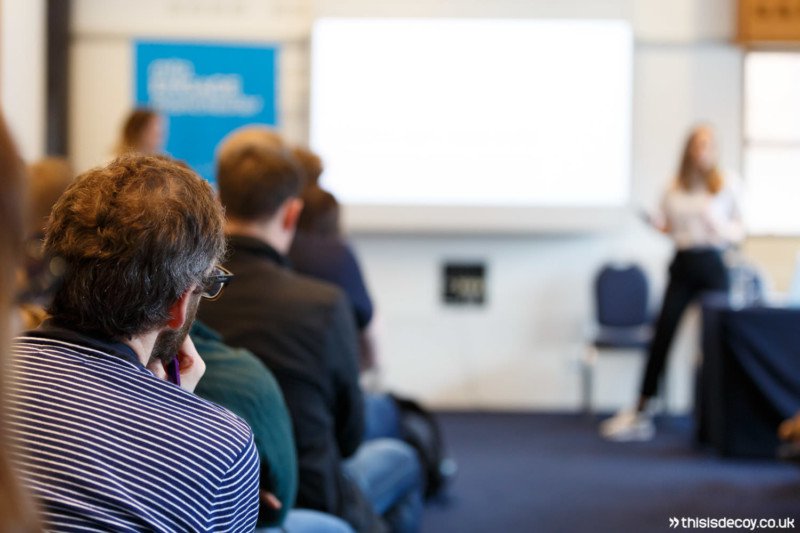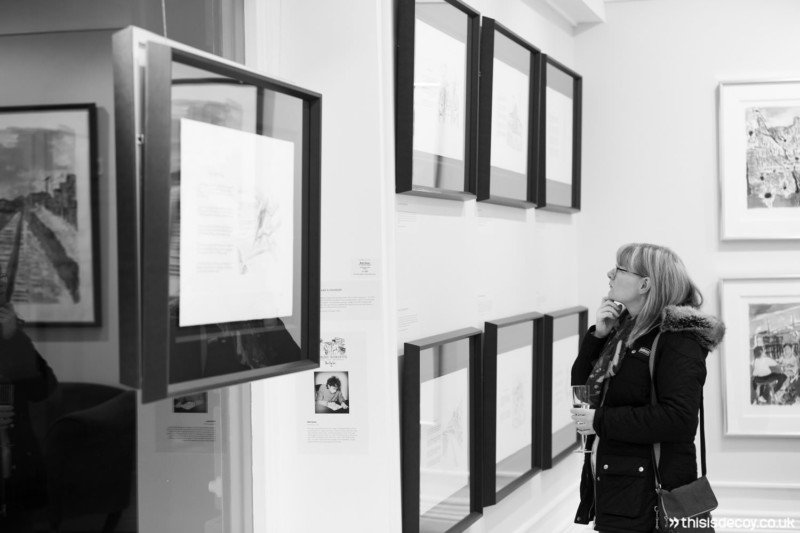
Briefing a photographer can be challenging, especially if you haven’t hired one in the past. A good brief provides all the key information about your project that a photographer will need to make logistical, technical and creative decisions.
Tips for writing the best photography brief will differ depending on the project, be it an event, a fashion shoot, a line of new products or a PR stunt. Below we’ve covered some points to get you started.
Start with the basics
- Who is the client?
- What is the project?
- Where will the shoot be located?
- What are the start/finish times? (Include a full running order if applicable)
- Include the name and mobile number of someone there on the day.

It’s all in the details…
Think about the location. If the photo shoot is outside, is there a wet weather alternative? If using a space indoors, could there be issues with natural light entering through windows? In the case that the shoot overruns is your photographer available to stay? Thinking like this will help your photographer plan for any situation.
A professional photographer has more than likely overcome challenges in the past that may occur at your shoot. A quick call to discuss potential issues will alleviate stress levels and allow for the photographer to prepare alternative solutions or bring specific equipment to save the day.
Background
Unless you’ve worked with a photographer before it’s good practice to assume they don’t know your brand. Provide an introduction to your company and the project.
What are your objectives?
What is the message you want to communicate? Do you want to inspire a call to action? Do you want to convey a fun and collaborative atmosphere between your colleagues? Are you developing new marketing materials to show off a new office space?
Even if you’ve chosen a photographer that you think will match your preferred style, it’s still helpful to provide some visual examples to detail exactly what you like and don’t like. These can be examples from previous projects or comparisons with your competitors and how they tell their story visually.
Who is this for?
Is this intended for your core customer base? Or a new market you are expanding into? Are the images being placed within a training document for your staff? Or even aimed at presenting your company to potential investors? Explaining who the content is intended for will help your photographer understand your audience and better communicate your message.

What are your requirements?
Are there specific shots required? Think about everyone involved in the project. What you need may differ from other departments or even your PR agency. Outlining the key aims of the project will assist a photographer in capturing each element and tying it together to create a consistent set of images. Feel free to provide some crucial ‘do not miss’ items on a shot list but where possible try to avoid an extensive list. Give your photographer pointers if you wish but you will get the best out of their experience and creativity if you trust their judgment.
Who can help on the day?
Assigning someone to meet the photographer and show them around the location can be a real time saver. If you require shots of key people at an event, for example, it can be extremely helpful to have someone on hand that knows the people involved to point them out and assist in gathering people for group photographs.
What are your expectations for delivery?
Think ahead about when you need to receive the images. Photographers can be very busy, often having more than one shoot per day, planning ahead will help ensure everyone knows what is expected. Do you need some images during the shoot, the next day or are you happy to wait a few days for the full set to be edited?
At Decoy Media, we are happy to provide a small selection of edited images during a shoot or next day, with the full set following in 3-5 working days. This service is included within our standard rates.
State the sizes and file types required. Most of the time this will be high resolution (for print) or low resolution (for web/social use) and images will be supplied in JPG.

In conclusion…
Writing a clear and detailed photo brief can make a real difference between getting stunning images that convey the message you are trying to communicate – and your photographer turning up on the wrong day, in the wrong place, and with the wrong equipment!
P.S. If you are looking for an experienced photographer we would be more than happy to help. We are based in Manchester but travel all over the UK for our clients. Feel free to get in touch for a no-obligation quote.
About the author: Decoy Media is a team of professional photographers based in Manchester, UK, but available internationally. The opinions expressed in this article are solely those of the author. You can find more of their work and writing on their website, blog, Facebook, Twitter, and Instagram. This article was also published here.